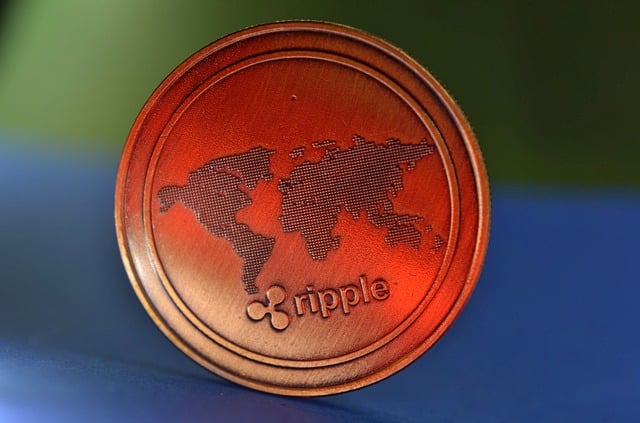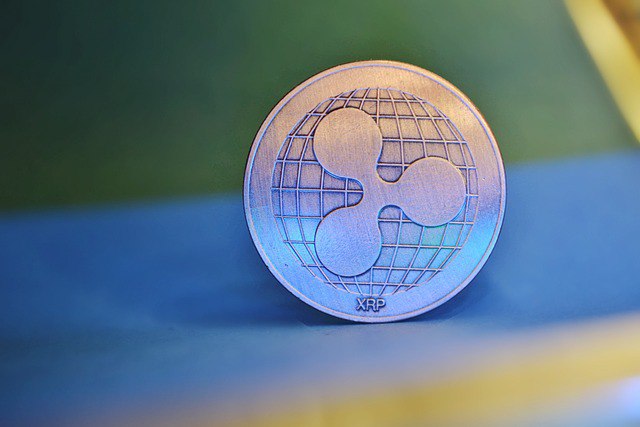- Ethereum’s recent Dencun upgrade has sparked a surge in its circulating supply, marking a departure from its previous deflationary trend since January 2023.
- Implemented through EIP-4844, Dencun aims to reduce transaction costs but challenges Ethereum’s deflationary mechanism, leading to uncertainty about its future inflationary status.
In the ever-evolving landscape of cryptocurrencies, Ethereum (ETH) has been a beacon of innovation and change. However, the recent Dencun upgrade has stirred up a significant shift, turning heads and raising questions about the future trajectory of ETH’s inflationary status.
Since the activation of the Dencun upgrade on March 13, 2024, Ethereum’s circulating supply has witnessed a notable surge, increasing by over 37,000 ETH in just 30 days. This surge marks a departure from the deflationary trend that Ethereum had been experiencing since January 2023.
The driving force behind this surge is the implementation of EIP-4844, known as Dencun, which introduces “proto-danksharding” to Ethereum’s Layer-2. This enhancement aims to reduce transaction costs, making the network more efficient and cost-effective for users. While this is undoubtedly a step forward in Ethereum’s adoption, it comes with consequences, notably diminishing the burned amount of the supply from gas fees that had previously contributed to Ethereum’s deflationary nature.
The UltraSoundMoney platform reveals the tangible effects of this shift, with 37,789.04 ETH added to the circulating supply in the past month. This influx results from 75,013.39 ETH issued as staking rewards, outweighing the 37,224.25 ETH burned.
The concept of “ultra sound money” gained prominence following previous upgrades like “The Merge” and the implementation of EIP-1559, which introduced a fee-burn mechanism in 2021. The expectation was that Ethereum’s circulating supply would continue to decrease if the amount burned in fees exceeded the issued amount. This expectation was met for the past two years, with over 417,000 ETH removed from circulation since The Merge, resulting in a yearly supply deflation of 0.21%.
However, the Dencun upgrade has disrupted this narrative. CryptoQuant’s analysis reveals a decoupling of Ethereum’s transaction fees from network activity since the implementation of EIP-4844. While this leads to lower user fees, it challenges the deflationary mechanism established by The Merge, necessitating increased network activity to maintain deflation.
As the market observes these developments, investors remain vigilant, closely monitoring Ethereum’s economic data. While the surge in circulating supply raises concerns about inflation, lower transaction fees could also boost demand for the network, potentially increasing its overall value.
In this era of constant evolution, Ethereum’s journey towards inflation or deflation remains uncertain, with each upgrade and enhancement shaping its path forward.

















